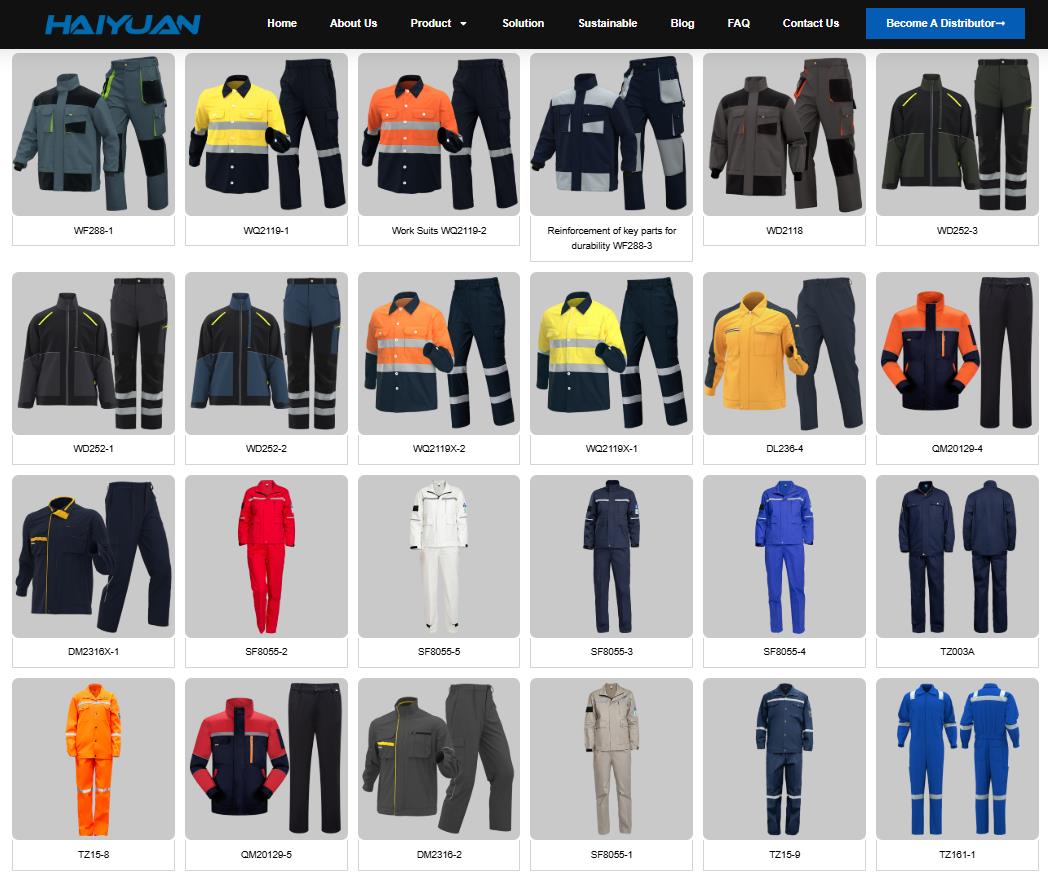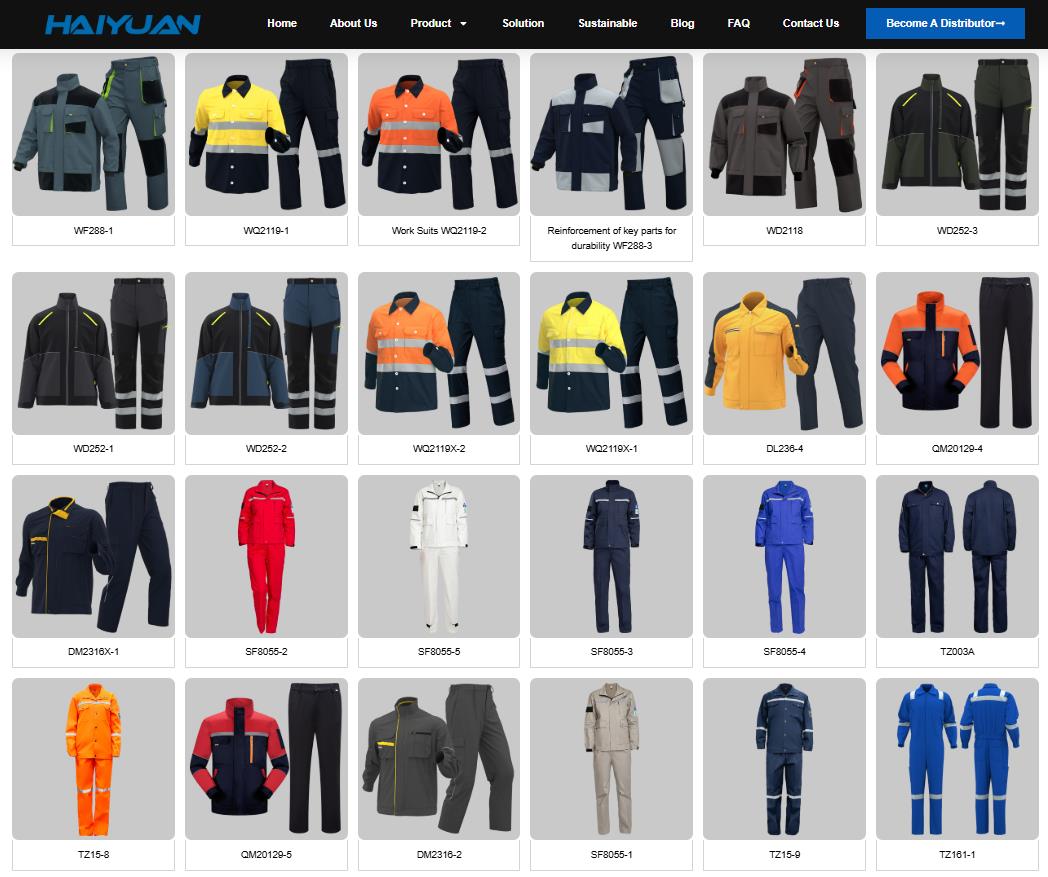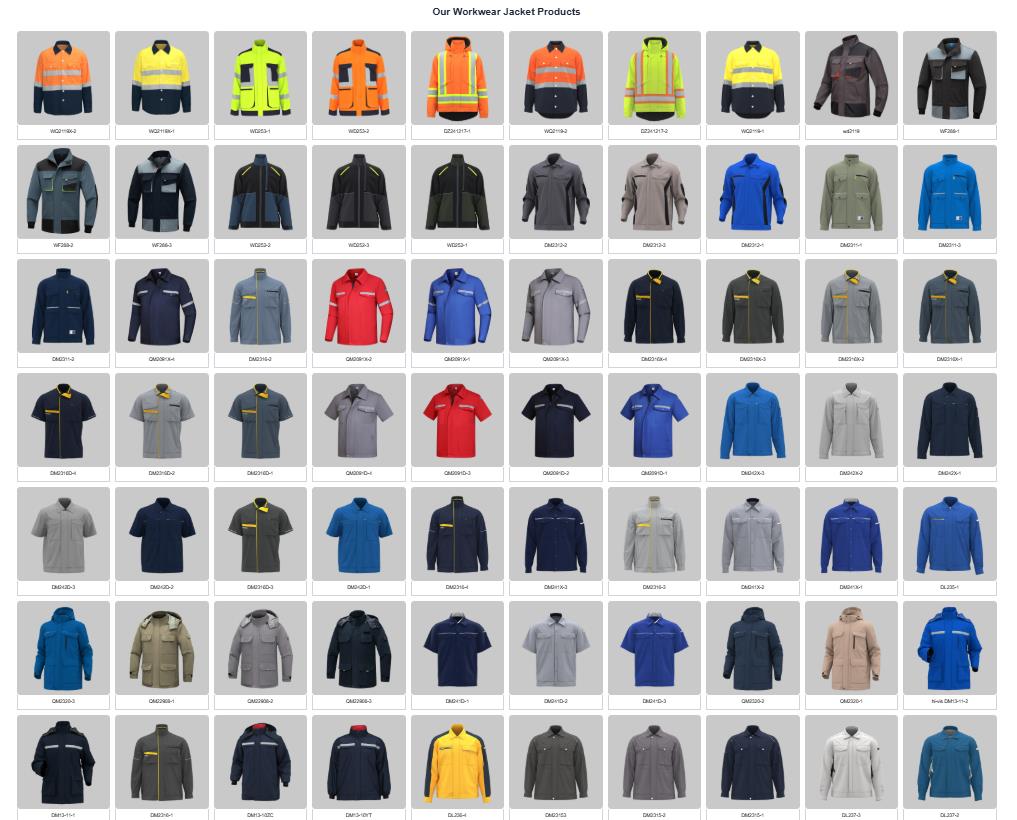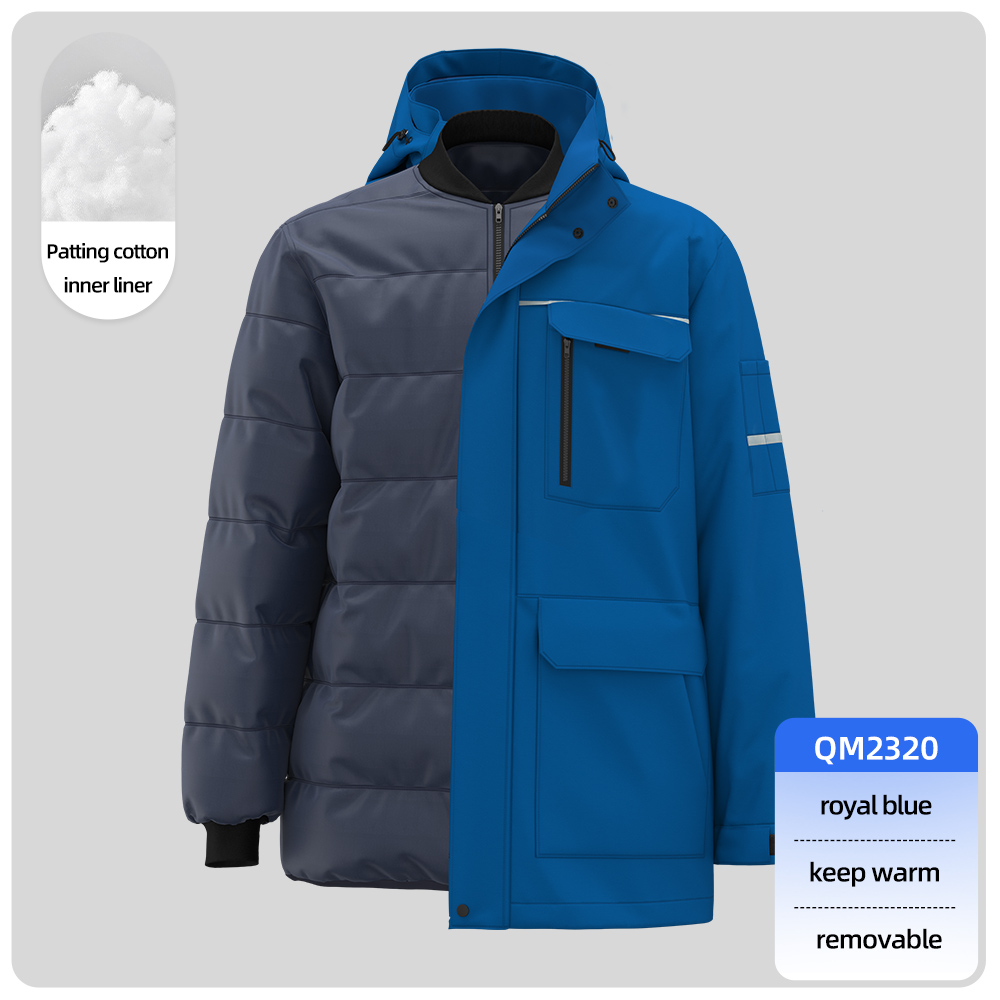Yes, you absolutely can import clothes from China, and it’s a very common practice globally. However, it involves several important steps, regulations, and considerations. Here’s a breakdown of what you need to know:
Key Considerations & Steps
-
Regulations & Compliance (CRITICAL):
-
Import Licenses: Check if your country requires a specific import license or permit for textiles/clothing. This varies significantly.
-
Product Standards & Safety: Clothing must comply with your country’s safety, labeling, and textile regulations. This often includes:
-
Fiber Content Labeling: Accurate fabric composition (e.g., 100% Cotton, 65% Polyester / 35% Cotton).
-
Care Labeling: Washing, drying, ironing instructions.
-
Safety Standards: Flammability requirements (especially for children’s sleepwear), restrictions on harmful chemicals (e.g., AZO dyes, formaldehyde, heavy metals – check regulations like REACH in EU, CPSIA in the US, CA Prop 65).
-
Country of Origin Labeling: “Made in China” labels are usually mandatory.
-
-
Customs Duties & Taxes: Research the Harmonized System (HS) code for your specific clothing items to determine the applicable import duties, tariffs, and VAT/GST/sales tax in your country. Clothing often attracts significant duties.
-
-
Finding Reliable Suppliers:
-
Platforms: Alibaba, Made-in-China, Global Sources are major B2B platforms. Use them cautiously – VERIFY SUPPLIERS THOROUGHLY.
-
Trade Shows: Attend events like the Canton Fair (China Import and Export Fair) or specific textile/apparel shows.
-
Sourcing Agents: Consider hiring a reputable sourcing agent based in China. They handle supplier vetting, factory audits, communication, QC, and logistics (for a fee, but often worth it for beginners or complex orders).
-
Due Diligence: Request samples, check company licenses (business license via Alibaba verification or independently), read reviews, ask for references, consider factory audits (onsite or third-party).
-
-
Quality Control (QC):
-
Samples: ALWAYS order pre-production samples and production samples before full shipment.
-
Inspections: Hire a third-party QC company to inspect goods during production (DUPRO) and especially before shipment (Pre-Shipment Inspection – PSI). Check for defects, workmanship, sizing accuracy, color matching, and compliance with specs/samples.
-
Clear Specifications: Provide detailed tech packs (technical specifications) covering design, materials, measurements, stitching, labels, packaging, etc.
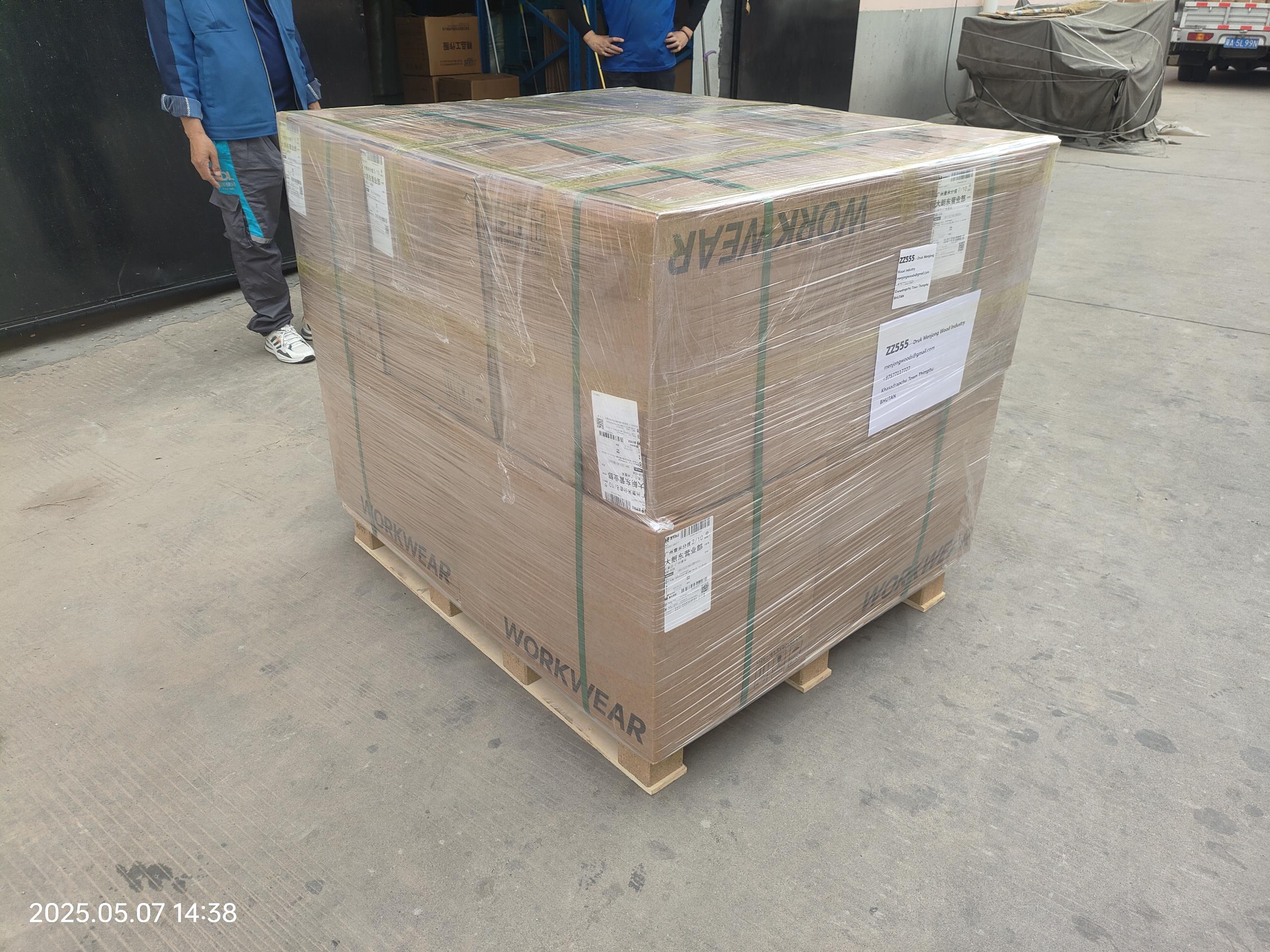
packaging
-
-
Logistics & Shipping:
-
Incoterms: Understand terms like FOB (Free On Board – you pay main freight/insurance) or EXW (Ex-Works – you handle everything from factory gate). FOB is common for beginners.
-
Freight Forwarder: Use a reliable freight forwarder experienced in apparel shipments from China. They handle booking, documentation, customs clearance in destination.
-
Shipping Method:
-
Air Freight: Fast (3-7 days), very expensive, suitable for small, urgent, high-value orders.
-
Sea Freight (LCL / FCL): Much cheaper, but slower (4-8+ weeks). LCL (Less than Container Load) for smaller shipments; FCL (Full Container Load) for large volumes.
-
-
Documentation: Ensure you get all necessary docs from the supplier: Commercial Invoice, Packing List, Bill of Lading/Air Waybill, and often a Certificate of Origin. Your forwarder will handle customs docs.
-
-
Costs (Beyond the Product Price):
-
Product Cost
-
Tooling/Molds (if applicable)
-
Samples
-
QC Inspection Fees
-
Shipping Costs (Freight)
-
Insurance (Highly Recommended)
-
Import Duties & Tariffs
-
VAT/GST/Sales Tax
-
Customs Brokerage Fees (charged by forwarder)
-
Warehousing & Local Delivery
-
Sourcing Agent Fees (if used)
-
-
Intellectual Property (IP):
-
Ensure designs are original or you have rights. Be cautious of suppliers offering counterfeit goods.
-
Consider registering trademarks/designs in your target markets.
-
Potential Challenges
-
Language & Communication: Clear communication is vital. Use simple language, confirm understandings in writing (email), consider translators.
-
Cultural Differences: Understand business etiquette and negotiation styles.
-
Quality Consistency: Maintaining quality over multiple orders can be difficult without strong QC.
-
Lead Times: Production + shipping can take months. Plan inventory carefully.
-
Minimum Order Quantities (MOQs): Chinese factories often have high MOQs, especially for custom items.
-
Hidden Costs: Ensure your cost calculations include all fees (duties, taxes, shipping, etc.).
-
Scams & Unreliable Suppliers: Due diligence is non-negotiable.
-
Supply Chain Disruptions: Geopolitics, pandemics, port congestion can cause delays.
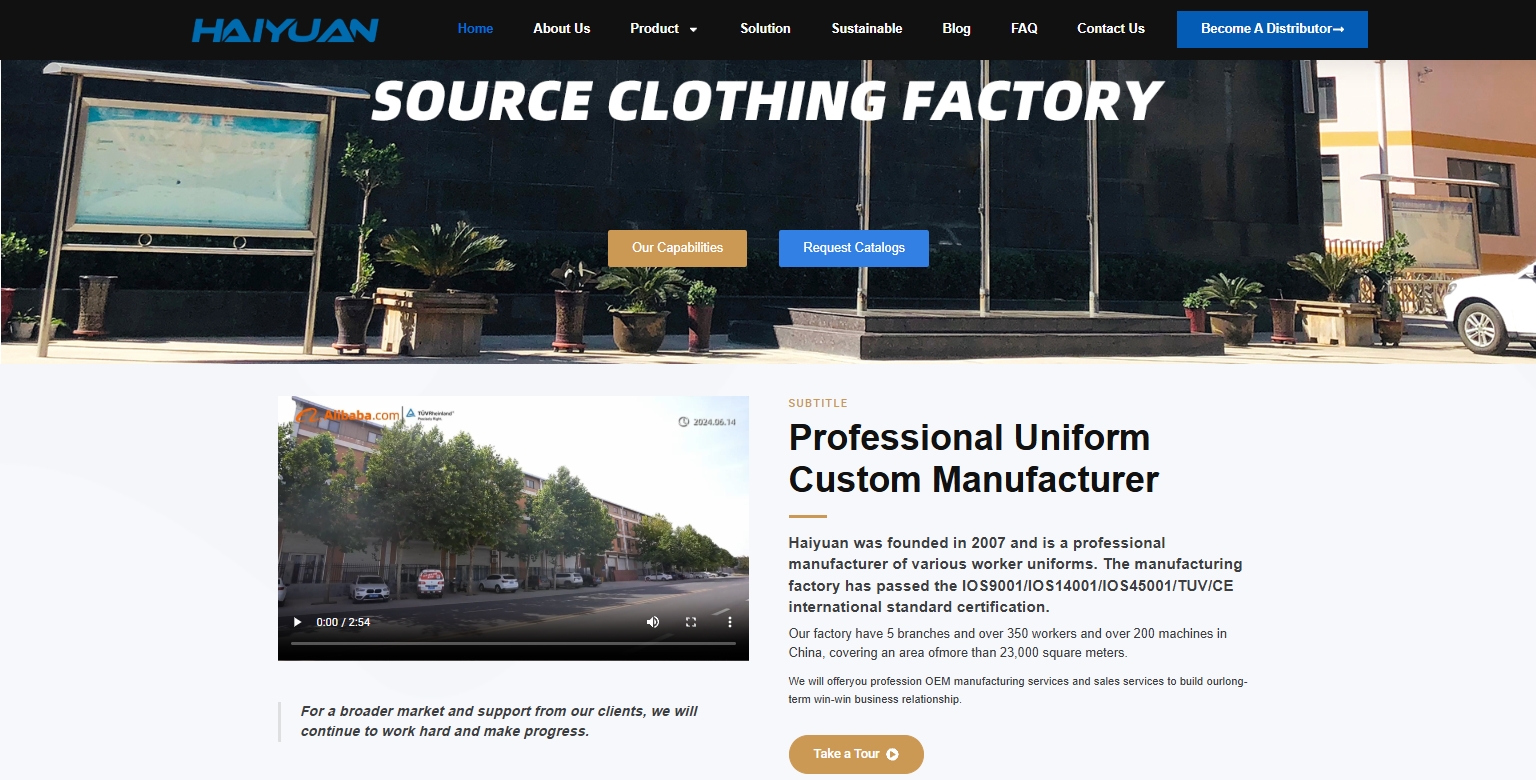
haiyuan work clothes factory
Getting Started – Recommendations
-
Research Your Market & Regulations: Know exactly what rules apply to the clothes you want to import in YOUR country.
-
Start Small: Order samples first. Consider a small trial order before committing to large volumes.
-
Consider a Sourcing Agent: Especially for your first few orders, they can be invaluable.
-
Get Multiple Quotes: Compare prices, MOQs, and terms from different suppliers.
-
Factor in ALL Costs: Build a detailed cost sheet including landed cost (cost to get goods to your warehouse).
-
Prioritize Quality Control: Don’t skip inspections.
In summary: Yes, importing clothes from China is feasible and common, but it requires significant research, careful planning, due diligence, attention to regulations, and management of logistics and quality control. Be prepared for complexities and potential risks. For beginners, working with a reputable sourcing agent is often the safest path.
Related reading:
Can i order a sample before ordering?
Why is it important to wear work clothes?
PRODUCT DEVELOPMENT & SAMPLING
How to complete your first purchase of workwear in China safely and efficiently
A complete guide to purchasing tailor-made uniforms for small businesses


